A place of peace once again: The UN in northern South Sudan
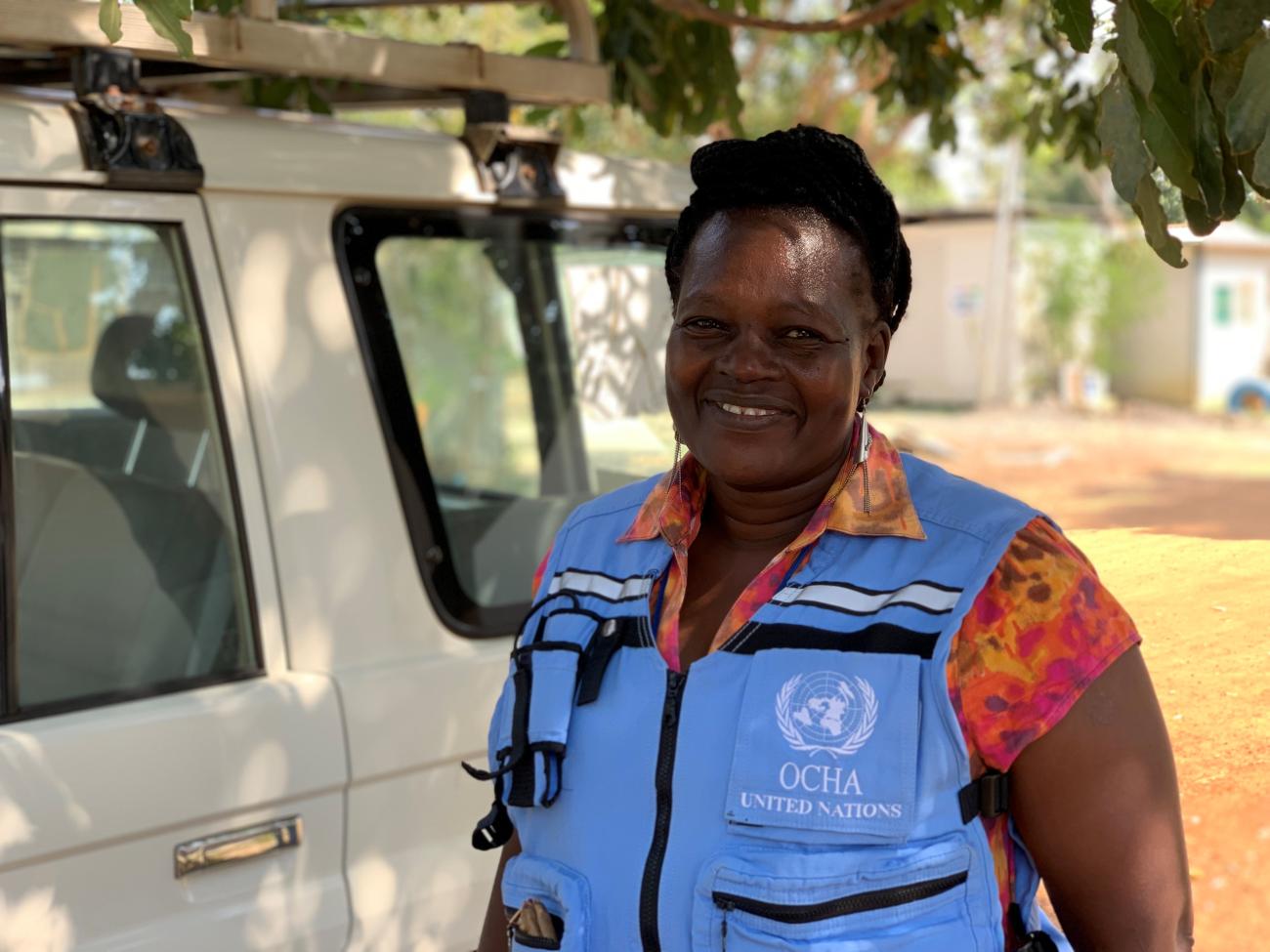
The town of Kodok sits on the west bank of the Nile in the north of South Sudan. You can’t get there by road and there are no commercial flights that go there. That means that outside help is hard to get.
And yet, like the rest of the country, the people of Kodok have suffered mightily during violent conflict over the course of decades. Most recently, that conflict has been the South Sudanese Civil War, between 2013 to 2018. Even now — three years after the signing of a peace agreement — scattered conflict still conspires with occasional flooding and disease to batter the people. Especially in the north of the country.
It wasn’t always this way. “Kodok was the capital of the former Shilluk Kingdom, which was founded in the 15th century by the demigod Nyikang. Nyikang was half-crocodile and was known to be a rainmaker,” explain three Shilluk Chiefs, Otuang John, Polino Tipo, and Peter Tipo. The name “Kodok” comes from the Shilluk word for a settlement near a riverbank. It is the main administrative area of Fashoda, which is believed to retain the spirit of Nyikang and the deceased Shilluk kings. Fashoda is also a sacred place for Shilluk leaders and elders to receive messages of reconciliation from the god Juok. “For over 500 years,” say the chiefs, “Fashoda has been a place of mediation and peace.”
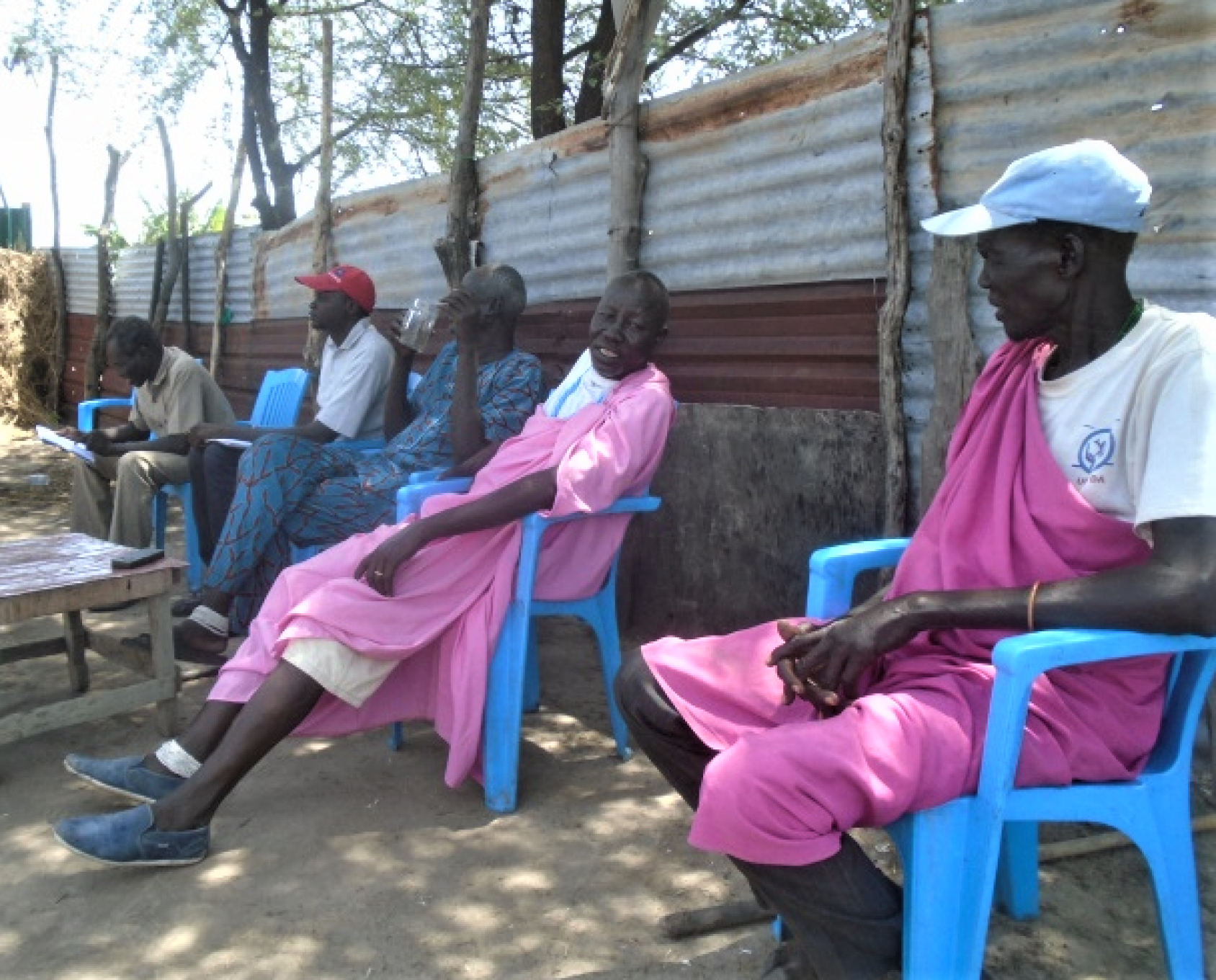
In more recent history, this area is known for being the site of the 1898 Fashoda Incident, where territorial disputes between the United Kingdom and France came to a head, almost causing an imperial war, but which eventually ended with a peace agreement.
Many years later, in 1983, that peace vanished after the outbreak of the Second Sudanese Civil War, pitting the Sudanese Armed Forces against the Sudanese People’s Liberation Army. Recall the three chiefs, “We’ve seen aerial bombardment using cluster munitions, and the area has been littered with anti-personnel mines and anti-tank mines.”
Ochube Ball is just one of the civilian survivors from the ruthless conflict residing in Kodok. “In 1987, when the war came [to this part of the country], I lost all my property and family, including my wife and children, I was tortured physically, and I fled. In 2007, I came back to rebuild my life when the prospect of peace was in sight.”
But that dream was not to be realized. Fighting resumed in 2013 and the new family he’d built was taken away, he explains, breaking into tears. Ball’s experience is sadly common in South Sudan.
In 2018, however, an important step towards the start of a peace process took place: the signing of the Revitalized Agreement on the Resolution of the Conflict in the Republic of South Sudan (R-ARCSS). Since then, approximately 9,000 civilians have returned to Kodok, and thousands more are expected. With the tentative agreement declared in 2018 and the transitional unity government formed in 2020, people hope these incremental steps lead to a lasting peace.
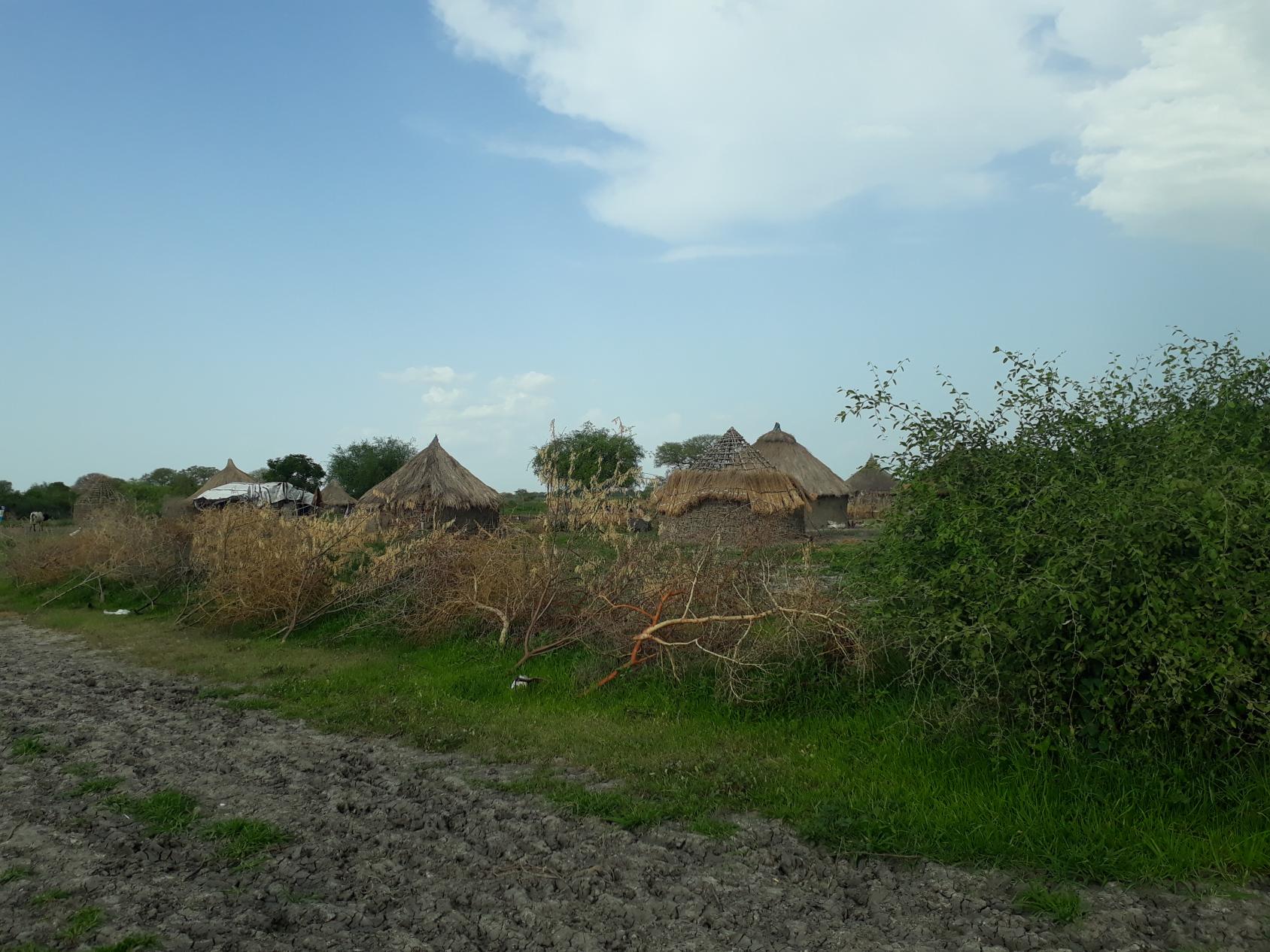
The people of Kodok are rebuilding their homes and families and villages. But it’s hard. They need food for strength. They need safe land on which to build. They need protection from the pandemic. What’s more, they need to loosen the tight knots tied during long years of violence.
The United Nations has provided humanitarian assistance as best it could throughout the conflict. Even now, for example, some 30,000 people in Fashoda and neighboring Manyo county are receiving food from the UN.
But with Kodok being so remote, and the needs being so acute, and the people returning in greater numbers, even more assistance is needed.
“Humanitarian responders must be mobile,” says Joyce Asha Francis Laku, a National Field Officer for OCHA, the UN Office for the Coordination of Humanitarian Affairs. But, she adds, “Their ability to reach people is compromised if there is nowhere to sleep, to work, and to coordinate operations.”
To meet that need, several UN entities have joined together to start work on a humanitarian hub in Kodok. The site of the planned hub had previously been used as soldiers’ barracks, and explosive ordnance had been used there heavily from the 1990s onward. The site for a place of safety and comfort might itself be dangerous. As if issuing a warning, the ground itself was densely covered with thorny shrubs.
In February 2020, the UN Mine Action Service (UNMAS) deployed a team to the site. First, they cleared the surface vegetation, which then allowed them to survey the area with large loop metal detectors. Such detectors are more efficient than smaller, hand-held detectors.
Over 28,000 square meters of land — equivalent to four football pitches — were surveyed and confirmed safe over the course of a month. That was just one of eight sites for humanitarian hubs around the country that UNMAS surveyed and cleared of explosives since 2020. UNMAS has also educated communities about how to avoid both explosives and COVID-19. The better that people can stay safe, the more likely they are to return home and resettle.
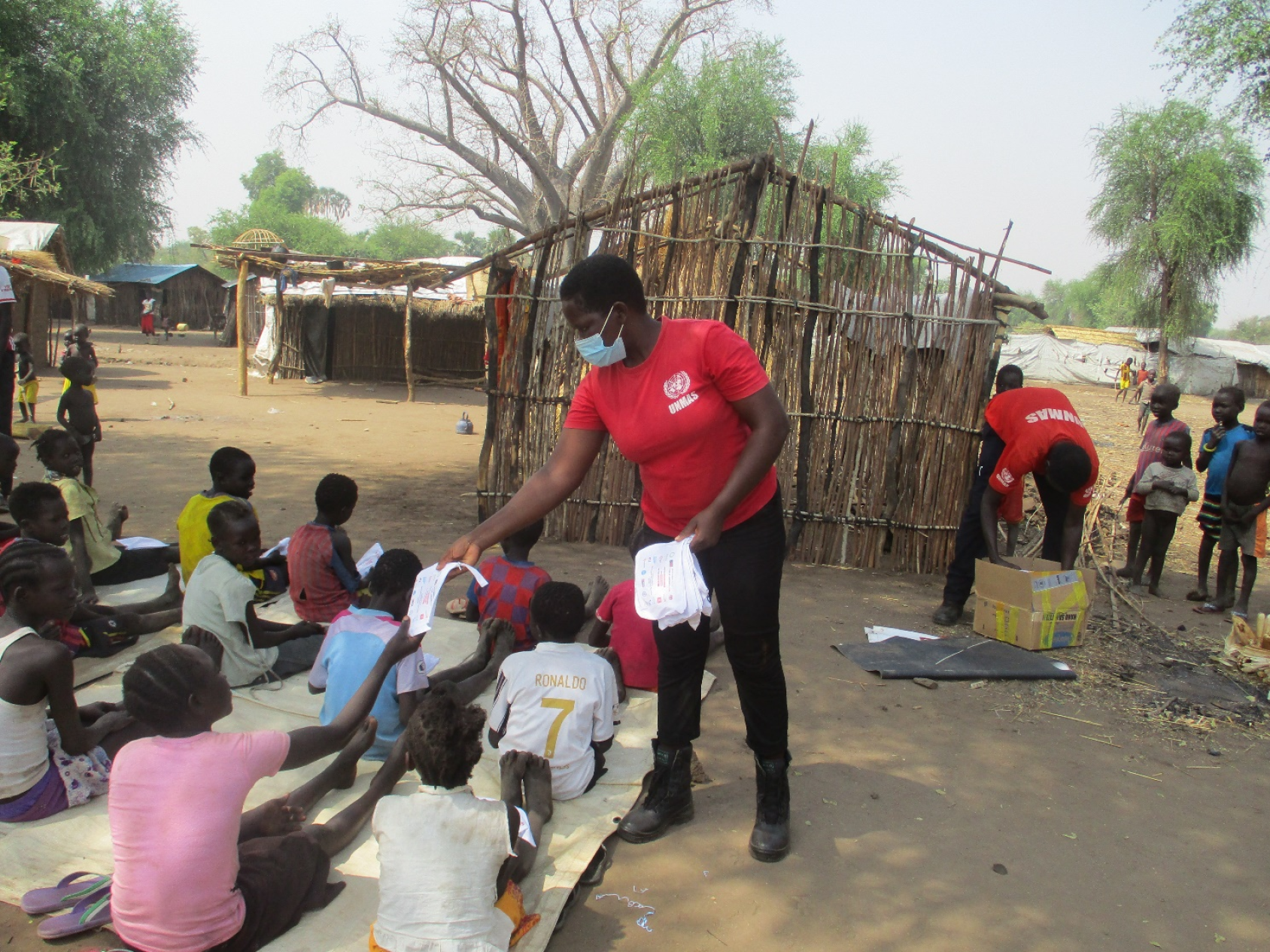
In Kodok, the ground was ready but then the outbreak of COVID-19 in March 2020 put everything on hold. Finally, at the end of 2020, ground was broken and construction began. The hub will provide humanitarian organizations with office space, accommodations, and security, so that UN and partners can support the people of Fashoda and Manyo with food, water, and healthcare.
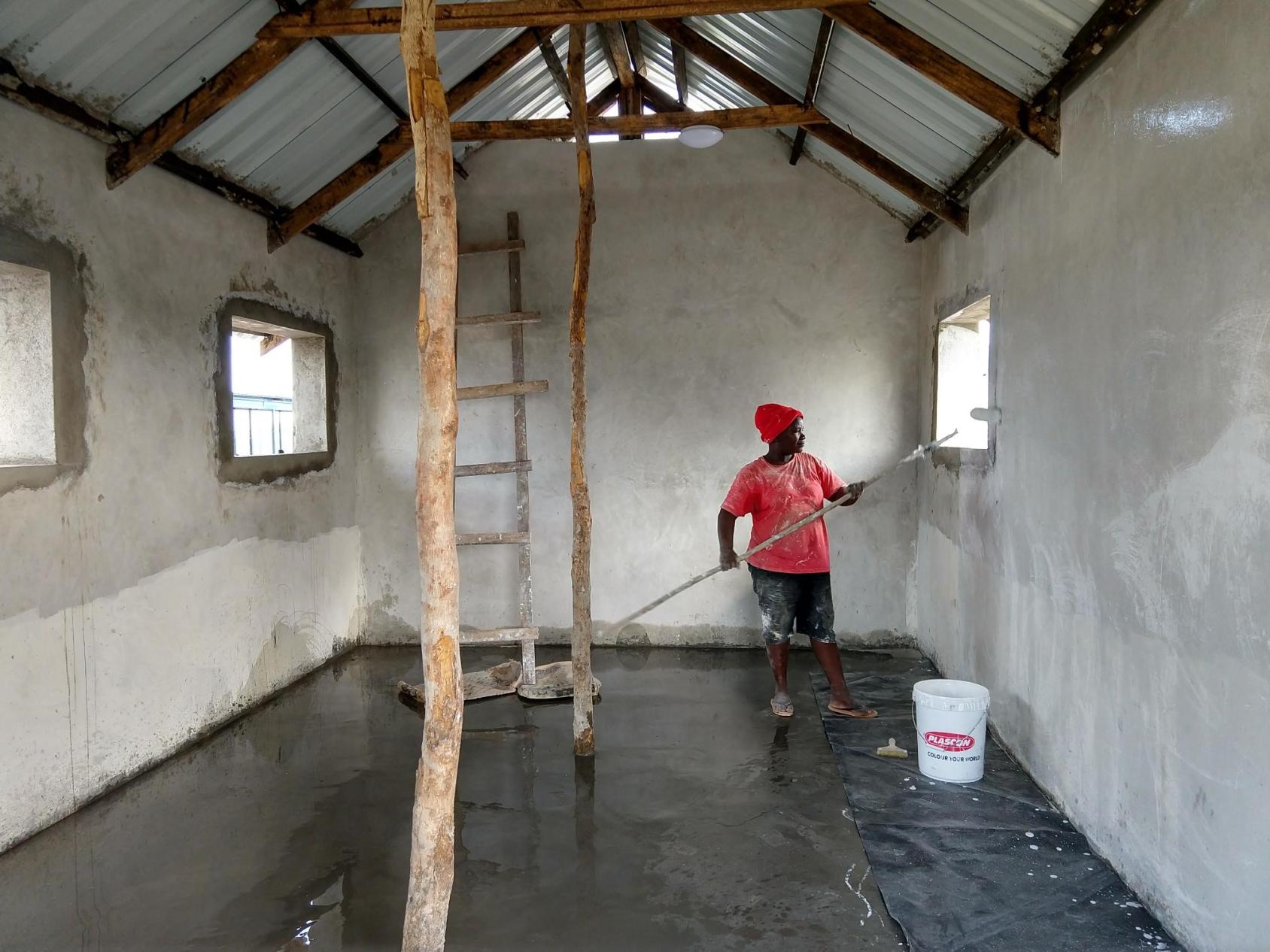
Laku says she hopes that this place, indeed, her whole country, can once again be a place of peace. “My vision of a peaceful South Sudan is not simply the absence of violence,” she says. “It is a place where people enjoy their lives. Women, girls, men, boys, the elderly, and persons with disabilities have the safe and dignified lives that they deserve and have the right to.”
The humanitarian hub in Kodok is a joint project of OCHA, as well as the Danish Emergency Management Agency (DEMA), the International Organization for Migration (IOM), the Swedish Civil Contingencies Agency (MSB), and enabling partner UNMAS. Story written by Lian Zhang, Programme Officer, United Nations Mine Action Service (UNMAS) in South Sudan. Editorial support by Paul VanDeCarr, Development Coordination Office. To learn more visit, SouthSudan.UN.org. To learn more about the results of our work in this area and beyond, please visit the UNSDG Chair Report on DCO.













